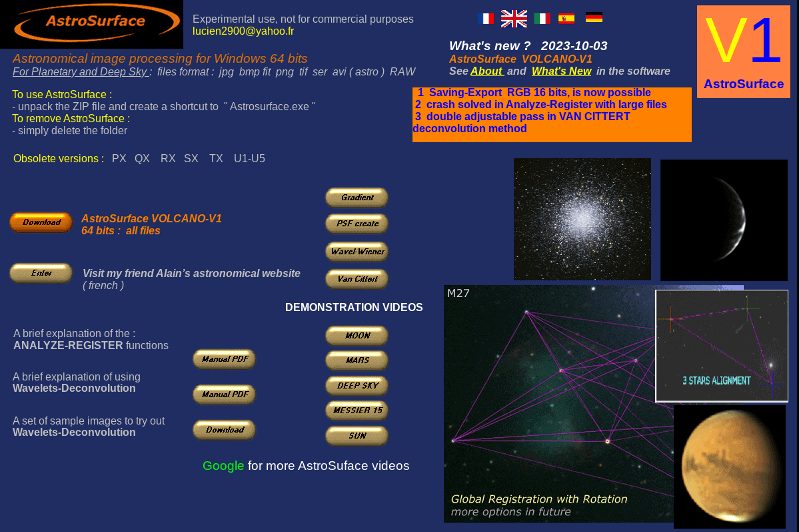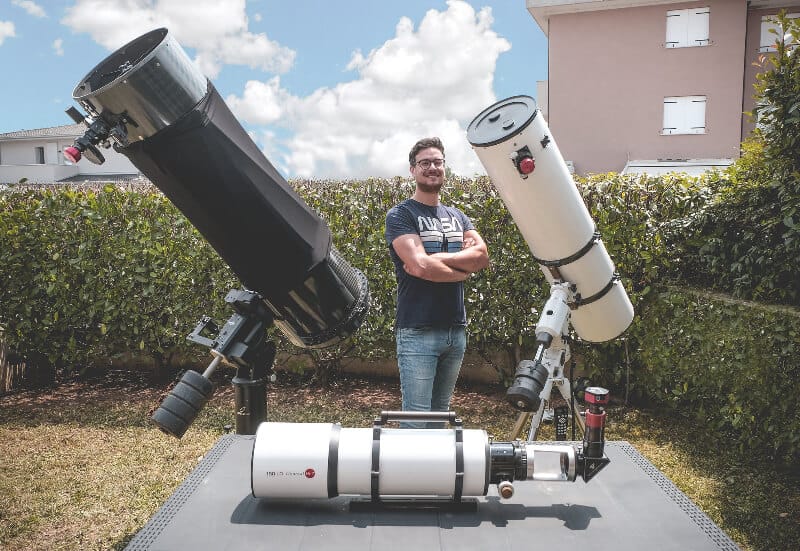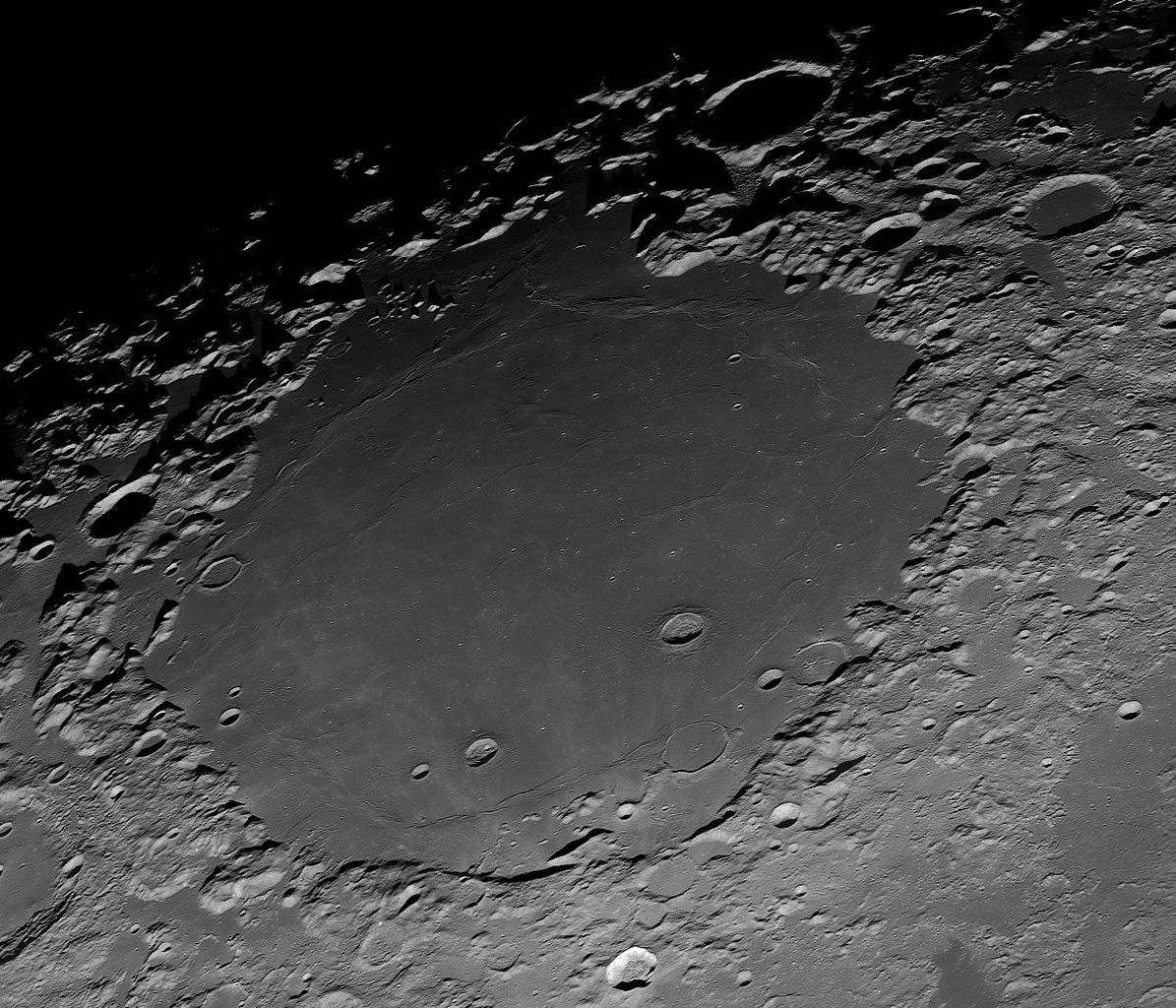In this interview, Andrea Vanoni outlines how he took the above photo, Mare Crisium: From Light to Dark.
How Did You Plan the Shot?
It was a particular evening, as I wanted to devote myself to photographing the lunar domes in the Mare Crisium.
Mare Crisium is a lunar sea located in the Moon’s Crisium basin, just northeast of Mare Tranquillitatis.
However, I saw that the turbulence was low and the sky was clear and I took the opportunity to take a high-resolution shot of this very fascinating subject.
Usually, I plan a photo session based on some lunar phases of my interest that show me important or little-photographed craters.
What Equipment Did You Use?
For this session, I used the largest telescope I own, a newton with a mirror diameter of 405mm, dedicated to high-resolution images of the moon and planets.
The telescope is mounted on a Skywatcher EQ8 mount and I used a monochrome ZWO ASI178MM as a camera.
How Did You Compose the Shot?
I initially made some test shots to check the degree of turbulence.
Subsequently, I checked the field of view of the camera, highlighting the fact that at least two panels would be required to complete the whole mosaic of the Mare Crisium.
So I made two shots collecting many frames, taking care not to overexpose the brightly lit areas.
What Post-Processing Did You Do?
- For the initial stacking phase I used “Autostakkert3!“.
- Then I used the “AstroSurface” software to extract details from the photo, starting from the coarsest ones up to the finest ones.
- Finally, I used Photoshop for a correct balance of lights and shadows.

Can You Recommend Any Learning Resources For Other Astrophotographers?
Fortunately, especially on YouTube, there are many tutorials dedicated to basic planetary processing. The software is almost all free and some contain small tutorials to get you started.
However, my advice is to ask for help from amateur astronomers who are dedicated to this passion, as they are usually always very helpful.
When some friends ask me for advice on how to process a photo, I am always happy to help them.

About You – Andrea Vanoni
I started practicing astronomy when I was about 8 when I got my first telescope.
Since then the passion has never lacked and I have acquired increasingly larger telescopes dedicating myself to high-resolution photography of the moon, sun and planets of the solar system.
Together with two amateur astronomer friends we founded the Astroavventura group, an astronomical dissemination group with which we carry out many public evenings.
People can follow me:



